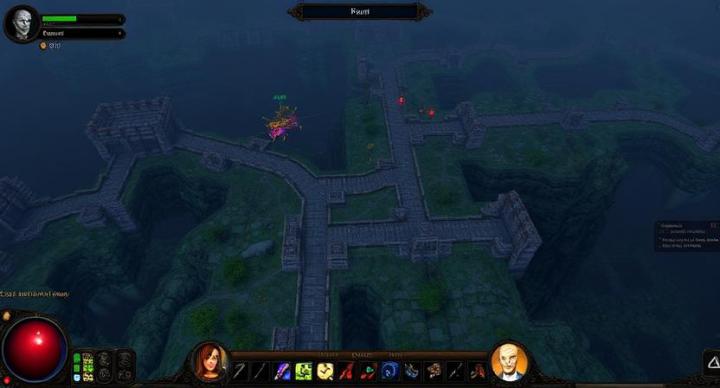
The Collapse of Traditional Economic Structures
In an unprecedented shift from scarcity-based game economies, poe 2 currency introduces a theoretical Post-Scarcity Experiment where orbs, once the foundation of trade and value, become infinitely available. In this model, every player has access to previously rare and powerful currencies such as Chaos Orbs, Exalted Orbs, and Divine Orbs without restriction. These items, once fought over and hoarded, are now dispensed freely through automated systems, quest completions, and time-based generation. This shift marks the collapse of conventional economic mechanics in which value is derived from limited supply, and instead explores what happens when currency is stripped of exclusivity and utility becomes the only metric of worth.
Displacement of Trade and Player Motivation
The immediate impact of this model is the dismantling of player-to-player trading. With every currency item readily obtainable, the incentive to engage in negotiation, price comparison, and arbitrage disappears. Trade hubs once bustling with activity become obsolete, and players turn inward, focusing on self-sufficiency rather than market dynamics. The psychological thrill of making a profitable trade or hunting for a rare drop is replaced by a utilitarian mindset centered around crafting efficiency and build optimization. Currency is no longer a goal in itself but a tool as freely available as air or water. This radically changes how players perceive progression, shifting emphasis from acquisition to execution.
Rebalancing Through Systemic Utility
To counteract the devaluation of orbs, the game introduces complex and escalating crafting systems that require massive quantities of currency to unlock deeper item layers. Instead of being used sparingly, orbs become the raw material for industrial-scale item synthesis. Entire systems are built around bulk modification, recursive crafting trees, and time-gated enhancement layers. Players now measure their progress not by how many orbs they hold but by how efficiently they convert them into high-impact outcomes. The economy becomes one of throughput, not exchange, with the most successful players being those who master orbital application chains and crafting logistics.
Social and Economic Stratification in Abundance
Ironically, even in a post-scarcity environment, inequality reemerges in new forms. While everyone may have unlimited orbs, not all players possess equal knowledge or strategy for using them. Guilds form around crafting optimization, meta-calculation, and resource routing. Influence shifts from those who hold wealth to those who interpret systems. Guides, crafting simulators, and algorithmic recipes become the new currency, traded and guarded with intensity. Mastery replaces accumulation as the core differentiator in the player base. Access to orbs is universal, but effective use remains scarce, recreating hierarchy even amid abundance.
Narrative and Philosophical Implications
The Post-Scarcity Experiment also introduces profound narrative layers within POE 2. Lore begins to reflect a world where power is no longer held by the few but dispersed among the many. NPC factions react differently to this paradigm shift—some embracing it as a utopia, others fearing it as a loss of meaning and control. This adds emotional and philosophical weight to the player’s journey, prompting reflection on the nature of value, ambition, and reward. In removing scarcity, POE 2 invites players to explore not just a new economic system, but a new way of interacting with a world where everything is possible and nothing is rare.
Italian Brainrot Clicker is not your typical idle game. Inspired by the bizarre and beloved meme trend of 2024, it’s packed with espresso-fueled nonsense, catchy phrases, and endless meme references.